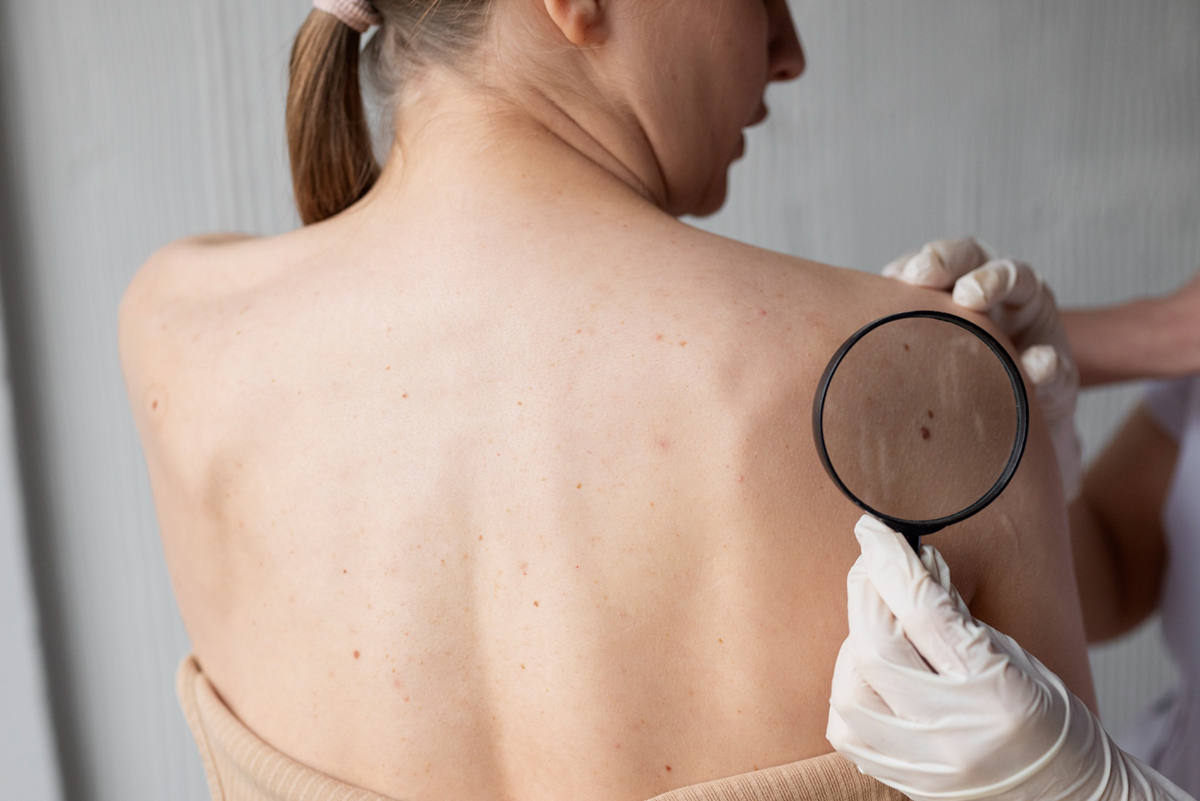Early Detection of Melanoma: What You Need to Know

Melanoma is the most serious form of skin cancer. According to the American Cancer Society, it is estimated that more than 96,000 new cases of melanoma will be diagnosed in the United States in 2021. The good news is that early detection and treatment can greatly improve your chances of survival. So let’s look at what you need to know about early detection and how you can protect yourself from developing melanoma.
The ABCDE Method for Early Detection
One of the best ways to detect melanoma early on is through self-examination using the ABCDE method. This stands for “Asymmetry, Border, Color, Diameter, and Evolution”. If a mole or other spot on your skin exhibits any of these characteristics you should seek medical attention immediately as they are potentially signs of melanoma.
- Asymmetry - Uneven shape or two halves that do not match each other
- Border – Irregular edges that are ragged or blurred rather than smooth
- Color – Uneven color distribution with shades of black, brown, pink, red, white or blue in one area
- Diameter – Greater than 6mm (about the size of a pencil eraser)
- Evolution – Changes in size, shape or color over time (more quickly than expected)
It’s important to note that not all moles or spots on your skin will exhibit all five characteristics listed above—in fact some may not have any at all—but if a mole does have any one of them it could be an indication that it may be cancerous and thus should be checked out by a dermatologist as soon as possible.
In addition to having regular check-ups with your dermatologist and doing self-examinations at home using the ABCDE method outlined above, there are also some steps you can take to reduce your risk of developing melanoma. These include avoiding direct sun exposure during peak hours (10am–2pm), wearing protective clothing such as hats with wide brims and long-sleeved shirts when outside for extended periods of time and applying sunscreen with an SPF rating of 30+ every day even when it’s cloudy or cold outside. It’s also important to avoid tanning beds entirely as they can increase your risk significantly.
Conclusion
If you live in Pittsburgh PA area and would like further information regarding Dermatopathology services contact Rabkin Dermatopathology Lab today! Regularly practicing self-examination using the ABCDE method along with taking preventive steps such as avoiding direct sun exposure during peak hours will help keep you safe from developing melanoma. Early detection is key when it comes to fighting this deadly disease so make sure you stay vigilant about checking for any changes in your skin!
Contact
Location
440 William Pitt Way
Pittsburgh, PA 15238
OFFICE HOURS
Monday-Friday: 8am-5pm
Saturday & Sunday: Closed
PHONE & FAX
(800) 786-3054 - Toll Free
(412) 968-9266 - Local
(412) 968-5673 - Fax
